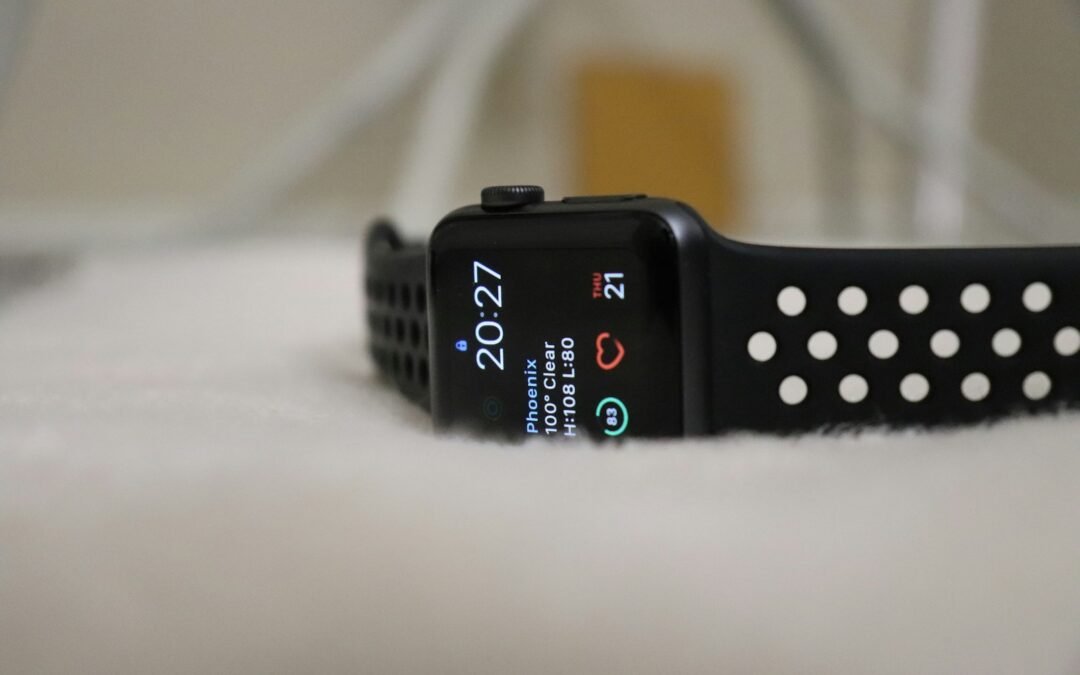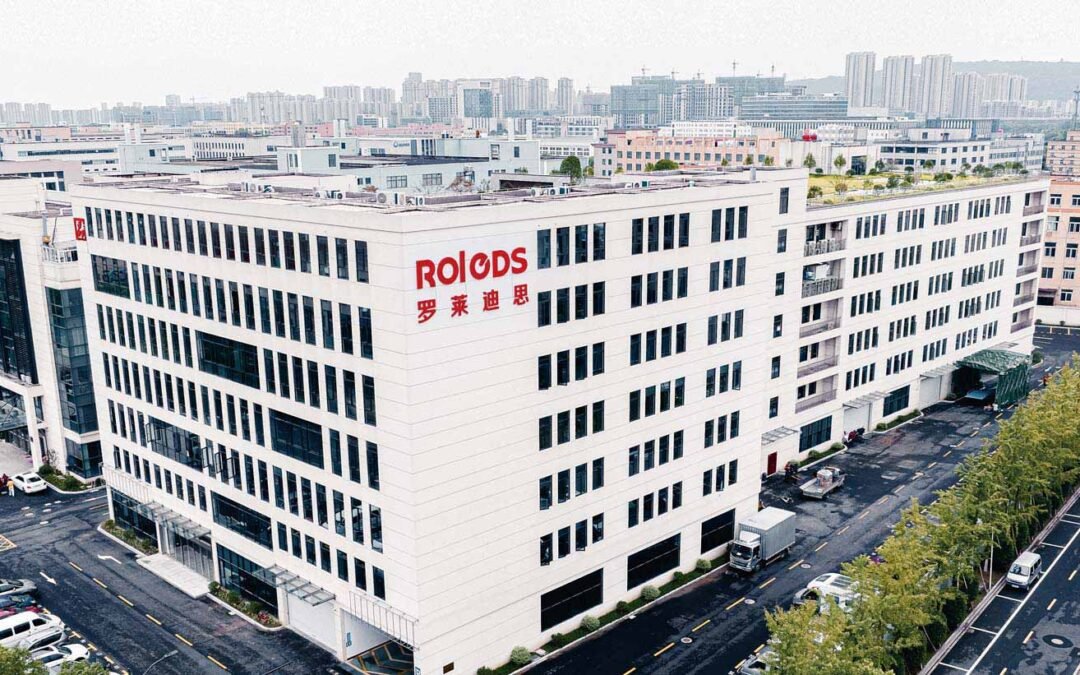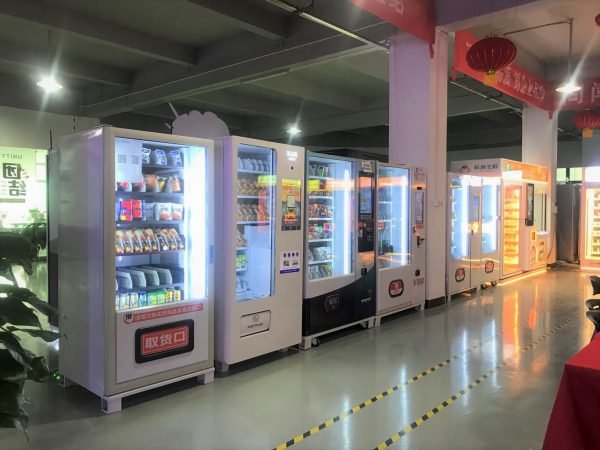An EV charging system, also known as Electric Vehicle Supply Equipment (EVSE), is the infrastructure that allows you to recharge the battery of an electric vehicle (EV). It essentially...

Discover Retomotion
At Retomotion, we specialize in providing cutting-edge consulting services designed to help businesses thrive without limits. Our integrated solutions are tailored to meet the unique needs of your business, ensuring seamless growth and innovation. Experience the Retomotion difference and unlock new opportunities for growth. Let us help you navigate the complexities of modern business and propel your company forward. Together, we’ll transform your vision into reality, going beyond the boundaries of technology and innovation.

Find the best solution for your business. Choose the scope/industry of your business so we can assist you in overcoming your business challenges,Our expert team is dedicated to providing personalized strategies that drive success and growth. Let us help you navigate the complexities of your industry and achieve your business goals with confidence By understanding the intricacies of your industry, we can offer insights and solutions that are perfectly aligned with your goals.
Every business is unique, and so are the challenges it faces. At our consulting firm, we understand that a one-size-fits-all approach doesn’t work in today’s dynamic business environment. That’s why we offer personalized solutions tailored to meet the specific needs of your business. With our personalized approach, you can overcome obstacles, optimize operations, and achieve your business objectives more efficiently. Don’t settle for generic advice—partner with us for solutions that truly make a difference. Schedule your consultation today and take the first step towards transforming your business with confidence and precision. Together, we’ll pave the way for a brighter, more successful future for your business.
Recently added solution
Recently added sub-system

An EV charging system, also known as Electric Vehicle Supply Equipment (EVSE), is the infrastructure that allows you to recharge the battery of an electric vehicle (EV). It essentially...

A smart lighting system is an integrated network of lighting fixtures and control mechanisms that utilize advanced technologies such as wireless connectivity, sensors, and automation. These intelligent systems are...

Smart health monitoring refers to using technology to track and analyze your health data. It typically involves wearable devices and apps that collect information about your body and activities....

A voice meeting translator is a technology that bridges the communication gap in meetings where participants speak different languages. Unlike a traditional translator who interprets spoken words one at...
Recently added partners

Hangzhou Roleds Technology Co., Ltd. with its core on urban intelligent lighting is global intelligent IOT solution provider, we have great reputation at home and broad by innovative technology, first-class smart products and high-quality services, and its products have served hundreds of customers worldwide, it’s turnover ranks in the forefront of the field.The enterprise takes the intelligent city SAAS ecological platform as its core, based on the needs of smart roads, smart cultural tourism, smart lighting, smart operation and maintenance, etc., "Integrated full-scenario urban smart service platform" were created. 8 branches and 19 technical service centers are established in domestic market to provide efficient professional technical service support, and an international technical service network covering Asia, Europe, the Middle East, North America, Australia etc. https://www.youtube.com/watch?v=ROfKYHVVZu4 Roleds has adhered to the concept of independent innovation over the years, multiple scientific and technological innovation awards and emerging patents were achieved worldwide, they participated in some national project research and field standard making. Strong R&D strength, special research on smart city, optical system research center and technology R&D center offer effective supports two industry-leading digital smart manufacturing production bases. As a national emerging enterprise, Roleds are awarded with Zhejiang science and technology enterprise, Hangzhou patent demonstration enterprise, famous brand enterprise, an IOT enterprise, a quality award enterprise of the government of Gongshu District of Hangzhou, small giant enterprise, a AAA credit enterprise etc. Roleds smart city lighting solution successfully were applied in Hangzhou G20 Summit, Qingdao SCO Summit, Beijing APEC, Beijing City Sub-center, Beijing Zhongguancun, Milan World Expo, Shanghai Import Expo, Global Internet Conference, Wuhan Military Games, Chengdu world police&fire games, Foshan...

Quality Scenting Service Founded in 1973, AromaPrime is widely considered the world's leading scent company for visitor attractions, events, entertainment, hospitality and education. With an unparalleled library of over 400 aromas, from pleasant and attractive to specialty and themed, the company has a scent for almost every experience! Alongside our ready-to-order products and a bespoke aroma design service, AromaPrime boasts a dependable range of scent dispensing solutions. Over 50 Years of Scent Expertise AromaPrime was started over 50 years ago by scent pioneer Fred Dale (who first named the company DaleAir). The goal was to create fantastical smell technology easily available for venues of all types, sizes and budgets. Mr. Dale's ideas stemmed from his work with care homes, for which he would create nostalgic fragrances to transport residents with dementia back to their childhoods. Fred Dale would eventually recreate historical smells based on archaeological evidence, with customers such as Jorvik Viking Centre, the British Museum and the Natural History Museum. This expertise would cross over into theme park design, as Mr. Dale used smell to heighten anticipation in roller coaster queues and to tell striking stories in dark rides. Meanwhile, AromaPrime would often consult on ride blueprints to help devise memorable olfactory effects. Through Fred Dale's efforts, AromaPrime was a catalyst for the 'Themed Scent Renaissance' in the 1980s, which saw the famous Smellitzer being utilised by Walt Disney Imagineering, and which became a part of the global 'Heritage Boom', introducing immersive ways to engage with the past. The company's provision of fantastical smells would lead to the celebrated collection and knowledge it holds today. https://www.youtube.com/watch?v=VwMm5uinPxw Today, AromaPrime...

CMX AUDIO is the leading China AV system integration manufacturer of professional audio video system integration, IP public address systems, EN54-16 Digital Voice Alarm Systems, Class-D Amplifiers, IP network audio systems and IP speakers & amplifiers, 5G conference system, Wi-Fi conference system, with strong R & D support for OEM/ODM service, 3 years quality warranty, with UL, ETL, EN54-16, EN54-24, ISO9001, CE, EMC, FCC, IEEC, IP66 ETC certifications, with 6 before and after sales technician for system integration and English techincal support, factory of ERP, MES & CRM & OA system to support quality consistency. https://www.youtube.com/watch?v=HwlAWKWLgdc Guangzhou CMX Audio Co., Ltd. is the leading Chinese manufacturer of IP public address systems, EN54-16 Digital Voice Alarm Systems, Class-D Amplifiers, IP network audio systems and IP speakers & amplifiers. With approximately 1,500 square meters of factory production space and over 50 qualified staff, we have the ability to handle all of your production...

Shenzhen Hao Yue Technology Co., Ltd., also known as HopeYear, is a Chinese company specializing in the development, manufacturing, and operation of shared power bank systems. They have been in operation for over ten years and have established themselves as a leading player in this rapidly growing industry. https://www.youtube.com/watch?v=P0aJDyno_jg Products and Services Shared Power Bank Stations and Kiosks: HopeYear designs and manufactures a variety of rental stations and kiosks for shared power banks. These user-friendly stations allow customers to rent a portable charger, top up their devices on the go, and return the power bank at any convenient location within the network. Target Market HopeYear's primary target market includes: Public Venues: Airports, train stations, shopping malls, cafes, and other high-traffic locations where mobile phone usage is high and access to charging can be limited. Businesses: Restaurants, bars, and other businesses can offer HopeYear's shared power bank services as an added convenience for their customers. HopeYear invests in quality by utilizing a comprehensive production management system, a professional R&D team, and strict adherence to IOS90001 standards. Their software development team ensures efficient, reliable software, while their 300-person production team with advanced precision instruments upholds international certification standards with a high monthly capacity of nearly 100,000...

Established in 2009 in Foshan, China, VendLife has become a leading player in the domestic vending machine industry. With a philosophy of "Let technology benefit life," they specialize in the design, research & development, manufacturing, and sales of high-quality vending machines. https://www.youtube.com/watch?v=xKfW3zkb4sU Vendlife prioritizes cutting-edge technology to enhance the vending machine experience. They continuously strive to improve both beverage and food vending machines, while also expanding their offerings: Beverage & Food Vending Machines: Vendlife offers a comprehensive range of machines for hot and cold drinks, snacks, and fresh food items, catering to diverse customer needs. Specialty Vending Machines: They push boundaries with custom-designed vending machines for cosmetics, adult beverages, lucky box toys, and more, catering to unique markets. Intelligent Technology: Vendlife integrates advanced features like touch screen interfaces, card readers, and potential internet connectivity for remote management and data analysis. Vendlife stands out in the market with several key strengths: Top-Tier Quality: They boast a reputation for high-quality, durable vending machines, ensuring long-lasting performance and reliability. Focus on R&D: Vendlife prioritizes continuous research and development, keeping their technology and designs at the forefront of the vending machine industry. Customization: They offer custom design options for vending machines, allowing businesses to personalize their offerings and branding. One-Stop Service: Vendlife provides a comprehensive solution, from initial consultation to after-sales support, streamlining the vending machine acquisition process. Vendlife has established itself as a leader in the Chinese vending machine industry, consistently ranking among the top three domestic players. They are known for their commitment to innovation, high-quality products, and customer service...